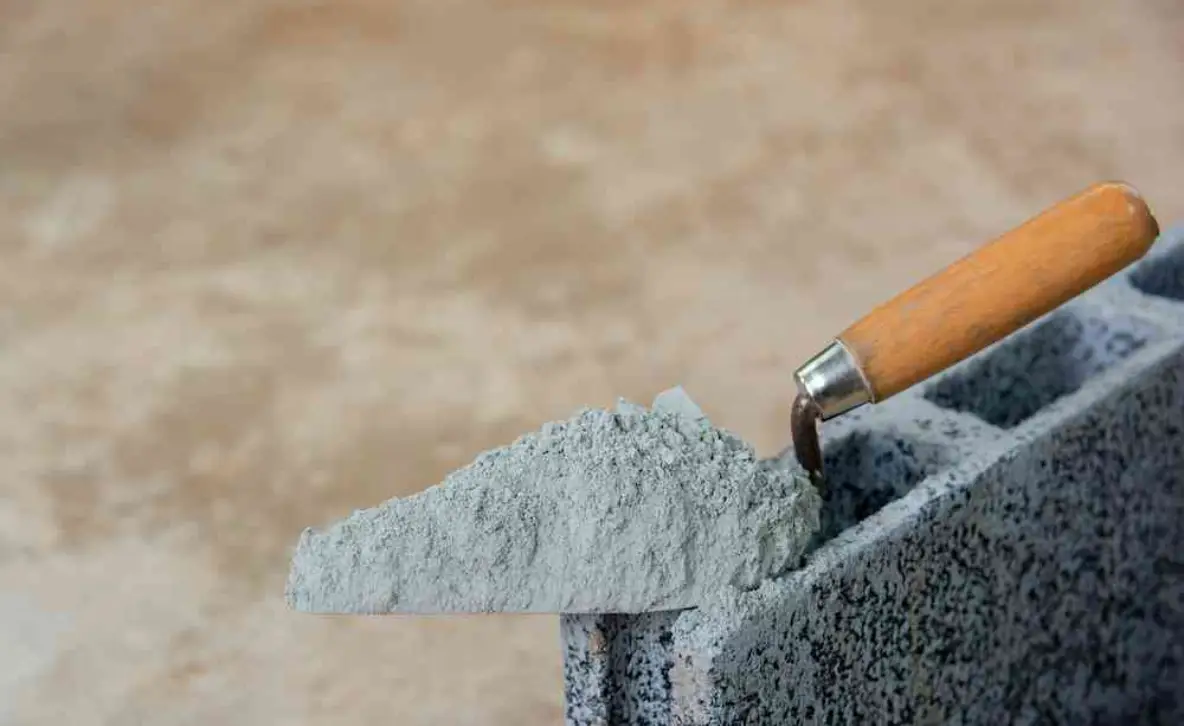




When embarking on a construction project, understanding the fundamental differences between cement and mortar is crucial for ensuring structural integrity and longevity. As experienced building contractors in Bangalore often emphasize, these materials serve distinct purposes in construction, despite their similar appearances.
Cement is a binding material that acts as a crucial ingredient in concrete and mortar. It's a fine powder that, when mixed with water, creates a paste that hardens over time. On the other hand, mortar is a mixture of cement, sand, and water, specifically designed to bind building materials like bricks and stones together.
1. Cement: Made primarily from limestone and clay, processed at high temperatures
2. Mortar: Contains cement, fine sand, and water in specific proportions
1. Cement: Used as a binding agent in concrete for foundations, pillars, and structural elements
2. Mortar: Specifically designed for bonding construction materials and filling gaps
1. Cement: Offers superior compressive strength when mixed into concrete
2. Mortar: Provides excellent adhesive properties but lower compressive strength
1. High Durability:
2. Versatility:
3. Cost-Effective:
1. Superior Bonding
2. Workability
3. Flexibility
1. Cement Limitations
2. Mortar Challenges
Professional building contractors in Bangalore recommend following these guidelines:
1. Always use the right type of mixture for specific applications
2. Ensure proper curing time
3. Consider weather conditions during application
4. Maintain correct water-to-material ratios
5. Seek professional guidance for large projects
For quality construction work in Bangalore, it's essential to work with experienced house construction contractors in Bangalore who understand the proper application of cement and mortar. Professional contractors ensure the right materials are used for specific applications, leading to durable and long-lasting construction results.
When it comes to expert construction services in Bangalore, Shrimaan Constructions & Interiors stands out for their professional approach and deep understanding of construction materials. Their team of experts ensures proper utilization of cement and mortar in all their projects, delivering superior quality construction work that stands the test of time.
Cement is a binding material used in concrete, while mortar is a mixture of cement, sand, and water used to bond building materials like bricks and stones.
No, pure cement should not be used for bricklaying as it lacks the necessary properties for proper adhesion and flexibility that mortar provides.
Mortar typically takes 24-48 hours to set initially, but complete curing can take up to 28 days depending on environmental conditions.
Different construction elements require varying levels of strength and durability, making certain cement types more suitable for specific applications.
It's recommended to inspect mortar joints annually for signs of deterioration, especially in areas exposed to severe weather conditions.